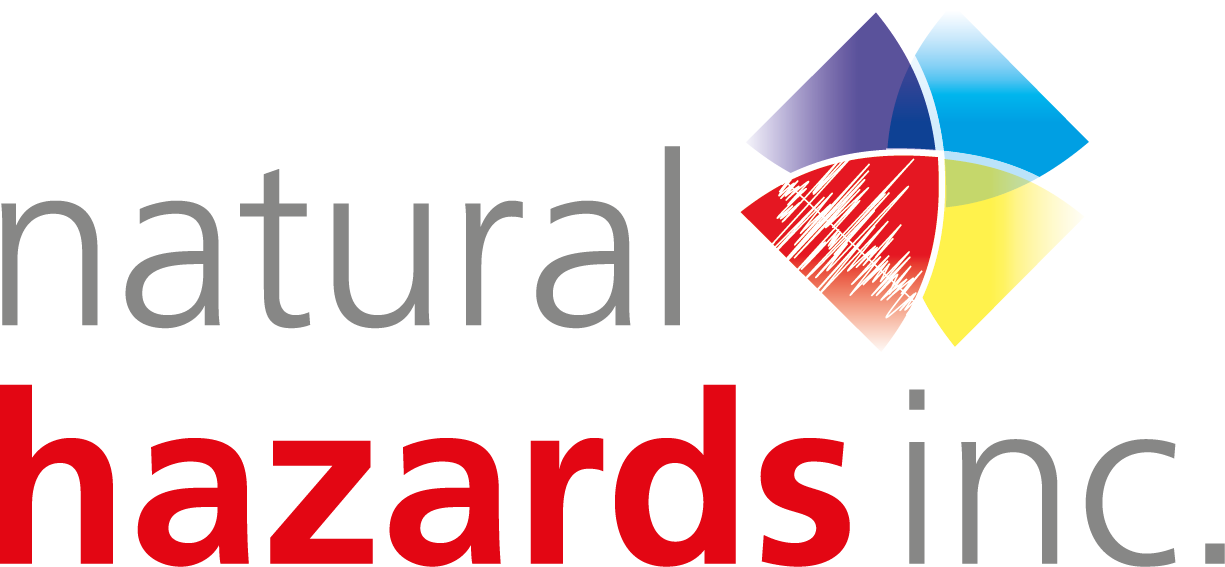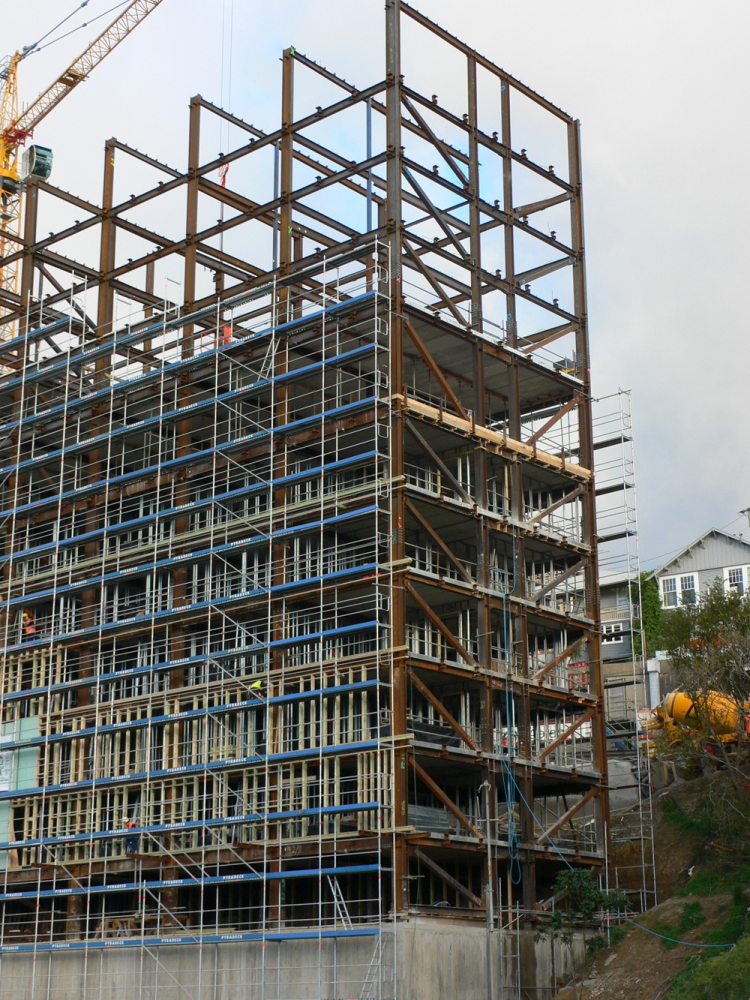RESOURCES SERIES: Earthquake-safe Buildings
ARTICLE 3 in a series of Educational Articles for Developing Nations to Improve the Earthquake Safety of Buildings
ABOUT THIS SERIES OF RESOURCES >>
The buildings of any city are diverse. Some are low-rise while others are very tall, some are compact and others huge, like a shopping malls. Even though buildings appear radically different, there are only three common structural systems that can resist earthquake shaking. The three systems are shear walls, or structural walls; braced frames; and moment frames, as shown in Figure 1.

Figure 1. The three common structural systems in order of their strength and ability to resist earthquakes (highest to lowest).
When architects and civil engineers design a new building, they choose one of the three systems to resist earthquake forces. Sometimes, two systems are chosen to resist shaking in the building, one in each direction (Figure 2). Provided that one of the three systems provides strength across and along the building, the building can resist shaking from any direction.

Figure 1. Six moment frames, each of three bays, resist shaking across the building, and two structural walls resist shaking in the direction along the length of the building. (The roof slab is not shown.)
Each system is vertical and should rise up the building from foundation to roof. The numbers of walls, braced frames or moment frames required depend on a city’s seismic risk, the size of the building and its importance to the community.
Moment frames are a popular system (Figure 3). Their columns and beams resist earthquake shaking by being connected strongly (refer Article 6). Frames offer the greatest freedom for planning interior spaces and providing windows. Unfortunately, moment frames are usually more flexible in earthquakes than the other two systems. They sway further to-and-fro and are more prone to damage. They are also more difficult to design and build properly, and are sensitive to construction errors. As for their construction materials, they are usually built of reinforced concrete or structural steel. Wooden frames can be used for low-rise buildings.
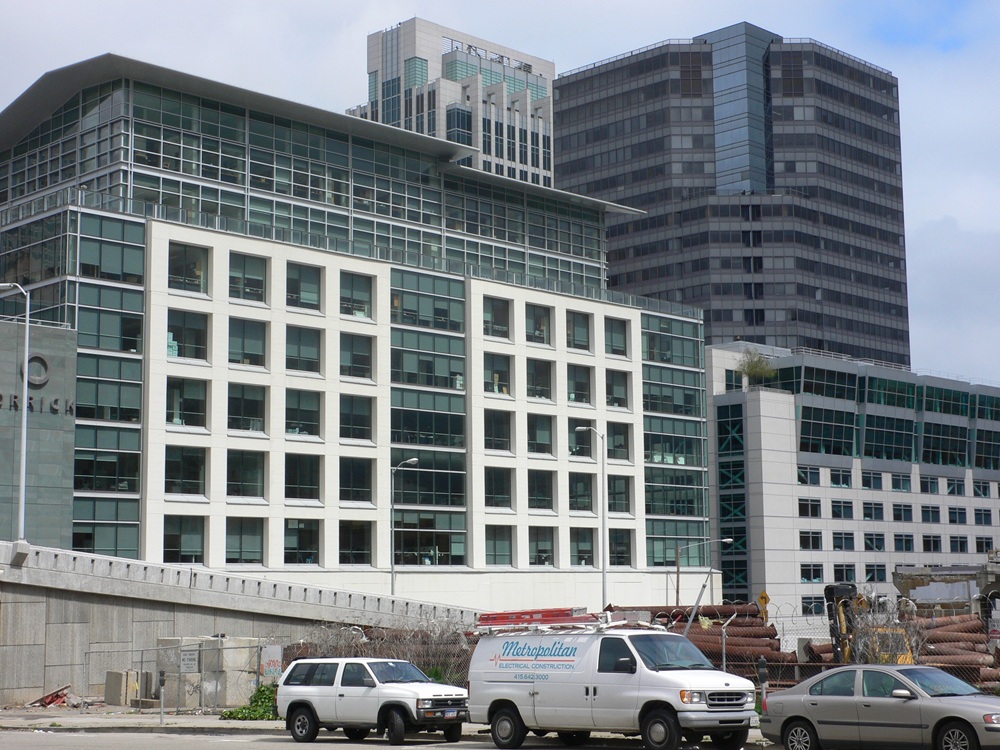
Figure 2. The two four-bay moment frames resist earthquake forces acting along the building. Similar frames are expected to be on the other side of the building.
Braced frames contain diagonal members that form triangles with the beams and columns (Figure 4). They are fabricated from steel members and are most commonly found in low-rise construction, like warehouses. Welding quality can be a weakness in steel connections unless there is excellent quality assurance, and steel braces can buckle under large forces.
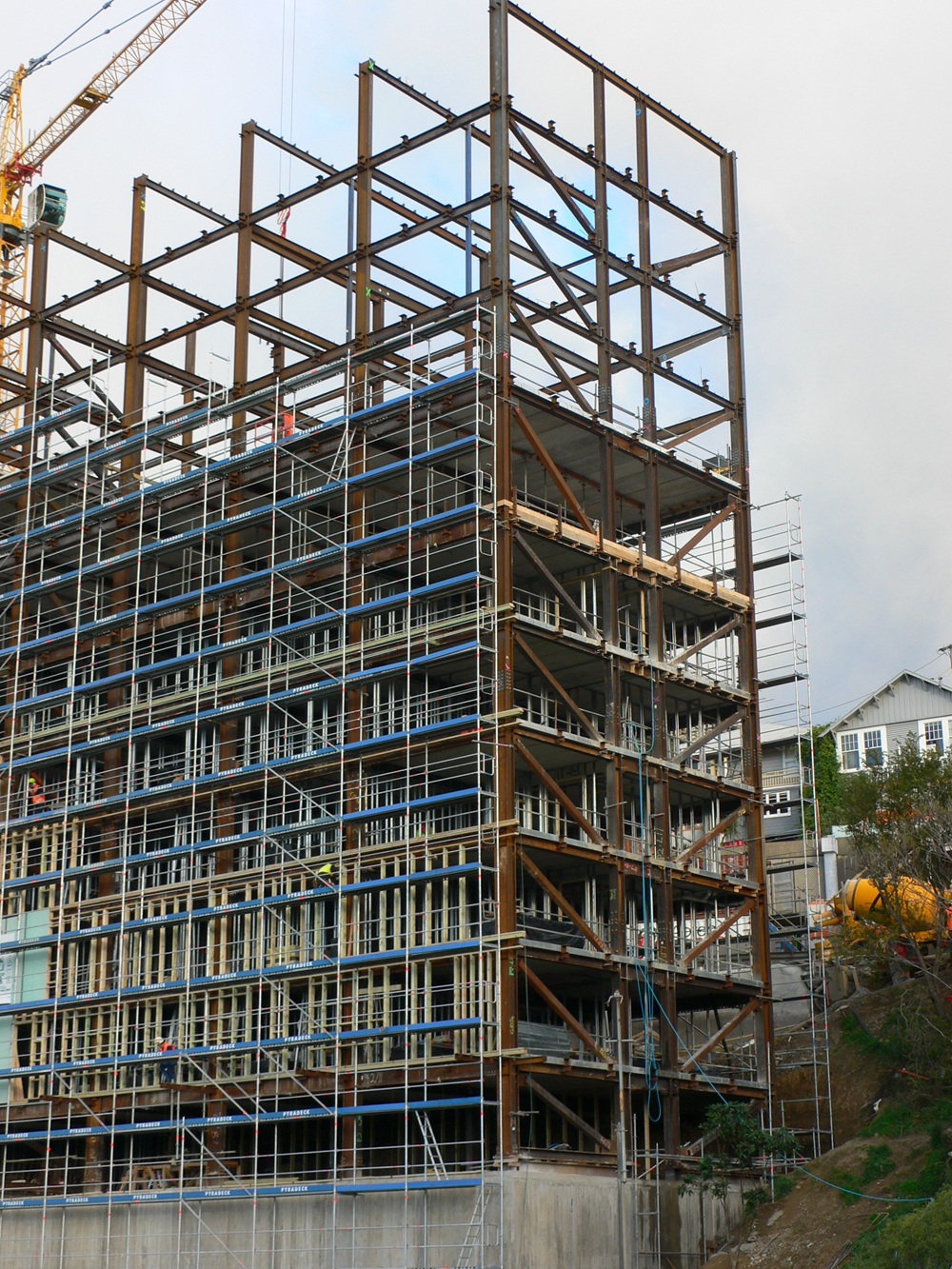
Figure 3. Steel braced frames resist earthquake forces acting across the building. Steel moment frames provide strength along the building.
Shear walls or structural walls are potentially the strongest structural system against earthquake shaking (Figure 5). Internationally, they have the best track record. The longer the walls and the more walls, the stronger the building. This means less to-and-fro shaking movements causing building damage. Reinforced concrete is the most common material for high-rise structural walls. Confined masonry walls (refer Article 4) are suitable for low-rise buildings. In some earthquake-prone countries, like the USA or New Zealand, low-rise wooden construction relies on plywood or gypsum plasterboard structural walls for earthquake resistance. Engineered wood products like cross-laminated timber are also emerging for use as shear walls in mid-rise buildings.
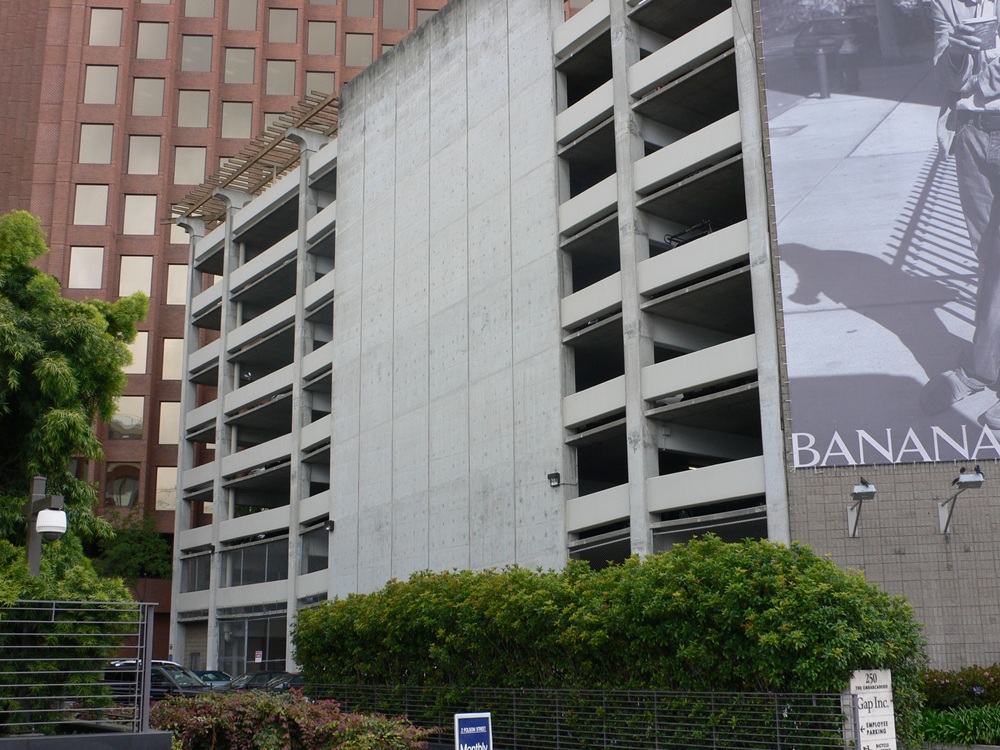
Figure 4. A reinforced concrete structural wall resists forces acting along the length of the building. There should be another wall on the other side of the building.
References:
Braced Frame. Glossary for GEM Taxonomy. Global Earthquake Model. https://taxonomy.openquake.org/terms/braced-frame-lfbr.
Charleson, A. W., 2008. Seismic design for architects – outwitting the quake. Elsevier: Oxford. Chapter 4 “Vertical structure”, pp. 63-91.
Moment Frame. Glossary for GEM Taxonomy. Global Earthquake Model. https://taxonomy.openquake.org/terms/moment-frame-lfm.
Murty, C. V. R., 2005. How do earthquakes affect reinforced concrete buildings – Earthquake Tip 17. IITK-BMTPC “Learning earthquake design and construction”, NICEE, India. http://www.iitk.ac.in/nicee/EQTips/EQTip17.pdf (accessed 5 May 2020).
Murty, C. V. R., 2005. Why are buildings with shear walls preferred in seismic regions?– Earthquake Tip 23. IITK-BMTPC “Learning earthquake design and construction”, NICEE, India. http://www.iitk.ac.in/nicee/EQTips/EQTip17.pdf (accessed 5 May 2020).
Wall. Glossary for GEM Taxonomy. Global Earthquake Model. https://taxonomy.openquake.org/index.php/terms/wall-lwal.
<< PREVIOUS ARTICLE I NEXT ARTICLE >>
RESOURCES SERIES
INTRODUCTION:
About this resources series
- Earthquakes and How They Affect Us
- Avoiding Soil and Foundation Problems during Earthquakes
- Three Structural Systems to Resist Earthquakes
- Why Walls Are the Best Earthquake-resistant Structural Elements
- Are Walls in Buildings Helpful during Earthquakes?
- How Do Buildings with Reinforced Concrete Columns and Beams Work in Earthquakes?
- Principles for Earthquake-safe Masonry Buildings
- Tying Parts of Buildings Together to Resist Earthquakes
- Local Wisdom and Building Safety in Earthquakes
- Infill Walls and How They Affect Buildings during Earthquakes
- A Common Structural Weakness to Avoid: Soft Story
- A Common Structural Weakness to Avoid: A Discontinuous Wall
- A Common Structural Weakness to Avoid: Short Column
- Preventing a Building from Twisting during Earthquake
- Why Buildings Pound Each Other during Earthquakes
- Construction Codes and Standards
- What to Look for in Building Regulations
- What to Expect from a Building Designed according to Codes
- Importance of Checks during the Design of Buildings
- Importance of Checks during the Construction of Buildings
- Preventing Damage to Non-structural Components
- Retrofitting Buildings against Earthquake
- Advanced Earthquake-Resilient Approaches for Buildings
- Urban Planning and Earthquake Safety
- Tsunamis and Buildings
